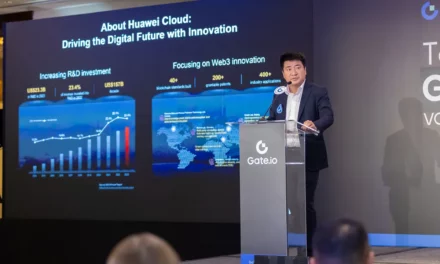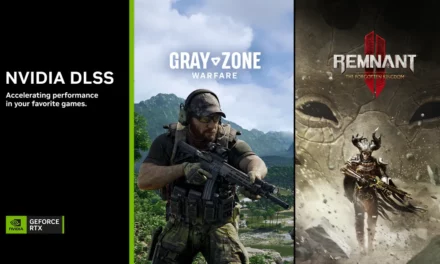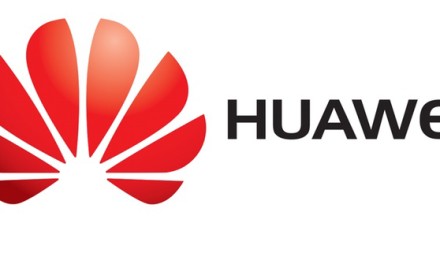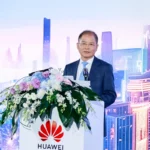
Breaking barriers and shaping the future of gaming with 5G
By Chafic Traboulsi, Vice President and Head of Networks at Ericsson Middle East and Africa

Gaming, beyond being entertaining and fun, has evolved into a core aspect of human life, known for enhancing creativity, managing mental sharpness, and reducing stress. A journey that commenced with arcade games in the 70s, has evolved into what has become the most sophisticated we ever imagined. From the 90s where online gaming emerged to the smartphone era powered by 3G and 4G networks, the landscape has transformed incredibly. Today’s video gaming experience is marked by the integration of extended reality (virtual and augmented reality), pushing the boundaries of what was once deemed impossible.
Every stage of this evolution is intricately tied to connectivity, and now, with the advent of 5G, we stand on the cliff of a gaming revolution. Unlike the previous network generations that constrained the potential for immersive gaming experiences due to limited speed and capabilities, the advent of high-speed home networks and 5G connectivity has shattered these barriers, ushering in a new era where multiplayer games seamlessly connect friends across the globe, all from the convenience of their smartphones.
According to Grand View Research, the video game market is on track to reach an impressive USD 583.69 billion by 2030. This substantial growth is linked to cutting-edge gaming technologies that are fundamentally reshaping the future of gaming. At the forefront of this technological revolution is 5G, a transformative force that is enhancing gaming experiences to unprecedented heights.
Great Value for Gamers
Consumer For consumers, 5Gs low latency, high bandwidth, and increased data transfer rates minimize delays in online multiplayer gaming, making interactions more responsive. This technology facilitates cloud gaming by supporting real-time streaming of graphics-intensive games from the cloud, reducing the reliance on powerful local hardware. 5G capabilities are also powering augmented and virtual reality gaming as low latency and high data speeds contribute to more immersive experiences. In essence, 5G cloud gaming helps create complete immersive gaming environment that makes you feel you are a part of the game.
Business Opportunities for Service Providers
Gaming also creates great business opportunities for service providers, in collaboration with the wider gaming ecosystem. 5G slicing adds additional performance control to guarantee the user experience, which is desired by many gamers, and thus will enable premium offerings to gamers. This is one of the ways service providers can monetize the 5G network. The projected increase in cloud gaming represents significant potential for service providers as they can provide, and monetize, several capabilities such as network slicing and edge computing.
A report by Ericsson and inCode on 5G Cloud Gaming estimates a 4 percent overall service revenue increase by the end of the decade, driven by the adoption of gaming slices among the targeted gaming segments.
As industry leaders in 5G technology, we are excited to have showcased cloud gaming powered by 5G Standalone (SA) – HADO in collaboration with our partner stc play, at the global technology event LEAP 24 in the Kingdom of Saudi Arabia (KSA). The demo illustrates how the integration of 5G and standalone, along with cloud gaming on augmented reality (AR) devices involving collaboration, high activity levels, and occasional 3D resolution, can help address the significant demands on the network.
In conclusion, 5G holds the potential to revolutionize the gaming industry by offering a faster, more reliable, and lower-latency infrastructure for creating and enjoying increasingly immersive gaming experiences. The era of 5G cloud gaming has arrived, breaking barriers and shaping a future where gaming knows no bounds.















































